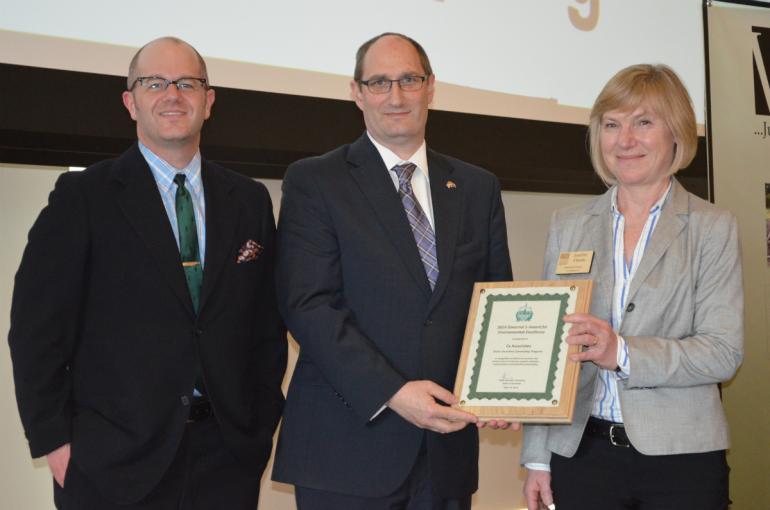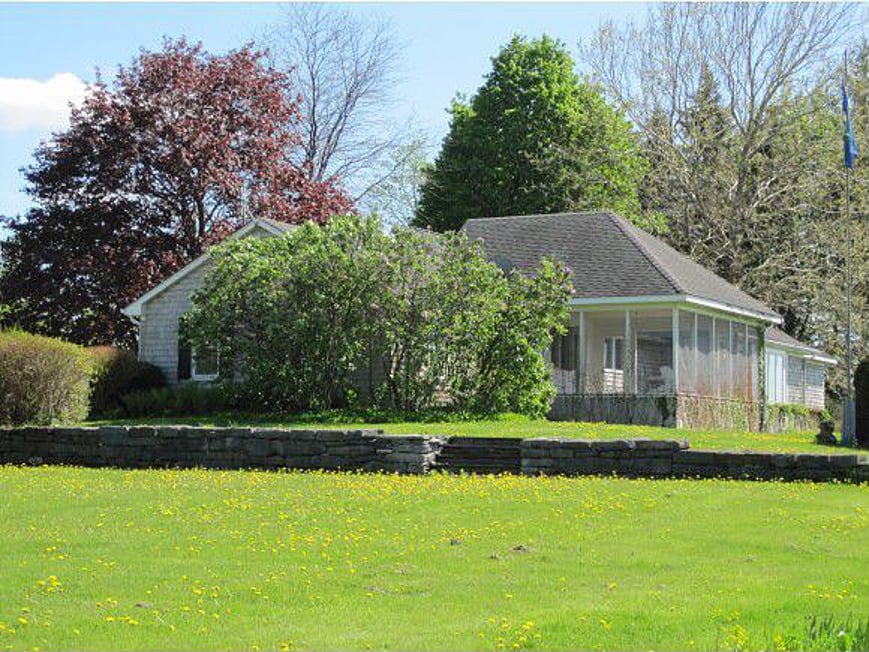In May I attended (and presented at – more on that in another post) the National Building Commissioning Association’s annual conference in Hartford, Connecticut. It was my first time at this organization’s gathering and I was pleasantly surprised by a few turns in the commissioning field that I hadn’t expected - mainly the extensive focus on energy efficiency and energy analysis.
The conference material was heavily weighted towards energy analysis tools, case studies of realized energy savings, and utility program initiatives that promote energy efficiency through incentives. This is what I would expect from an efficiency conference such as NEEP, Green Build, and ACEEE; but not necessarily what I expected from a Building Commissioning conference.
The Essence of Building Commissioning
Building commissioning, by definition, is the process of ensuring that building systems (HVAC, building envelope and electrical) all work together effectively. Commissioning tests the systems so that they aren’t fighting each other, operate smoothly so they don’t break down prematurely, and provide the service (temperature, air quality, and light quality) the owner expects.
Taking Commissioning to the Higher Level
Because commissioning makes sure the HVAC systems play well together in the sandbox, there is a built-in increase in efficiency for commissioned systems over non-commissioned systems. So, in effect, commissioning agents all focus on energy efficiency. However, there is a difference between an effective design and an efficient well-run design. I may oversize and commission a constant speed pump and its VAV air handler and the system will provide sufficient air conditioning to keep the occupants comfortable. The systems should not have operating issues and should live a long, happy life. However, I will be using considerably more energy for such a system as compared to an efficiently designed system.
Commissioning A+ - ZZ
From the conference last week, I was pleased to learn that many of the large commissioning firms operate as ours does; namely focusing on energy efficiency. To me, the commissioning process has grown in breadth as well as depth – starting deep early in the process and testing later in the process. So I’m calling this Commissioning from A+ - ZZ.
In this paradigm, a commissioning agent develops the Owner Project Requirement (OPR) document from the onset of the design phase, before any drawings are started, with an eye on the most energy efficient systems that meet the owner’s objectives. This involves proper equipment sizing, detailed control strategies, efficient technologies (such as heat recovery systems, lighting controls, variable speed drives), and possibly an improved envelope. Then, in addition to rigorous commissioning during the construction phase, this commissioning includes an energy analysis six to twelve months later to evaluate the building performance. At the conference I learned of two software programs (UT3 and ECAM+) that help analyze utility, BMS trend or meter data. We have developed our own analysis tools, but I am certainly going to check these programs out too. This analysis will inform the owner, designers and commissioning agents on what went right and where improvements can be made.
Detailed Control Strategies
I was also heartened to see the focus on detailed control strategies for energy efficiency. One of the most important jobs of a commissioning agent is to run the equipment through every possible scenario that the building will encounter. However, all too often the design drawings only possess the rough outline of the equipment control strategy, leaving the commissioning agent to second-guess the designer’s intent as best they can. For example, the design drawings will often outline the system setpoints for occupied and unoccupied schedules, but not the chilled/hot water temperature reset schedule for differing outside air temperatures. Without the reset schedule the system will operate satisfactorily, but it will not operate in the most energy efficient manner. This detail is an example of the depth that few designers stipulate in their drawings and where the controls contractor and commissioning agent can make the systems interact more efficiently.
These three items – energy efficient design phase commissioning, detailed control strategies, and post-occupancy energy analysis - in a commissioning agent’s scope of work can make the difference between a well-run building and a well-run, efficient building. The savings speak for themselves, which I will discuss in my next blog post.






